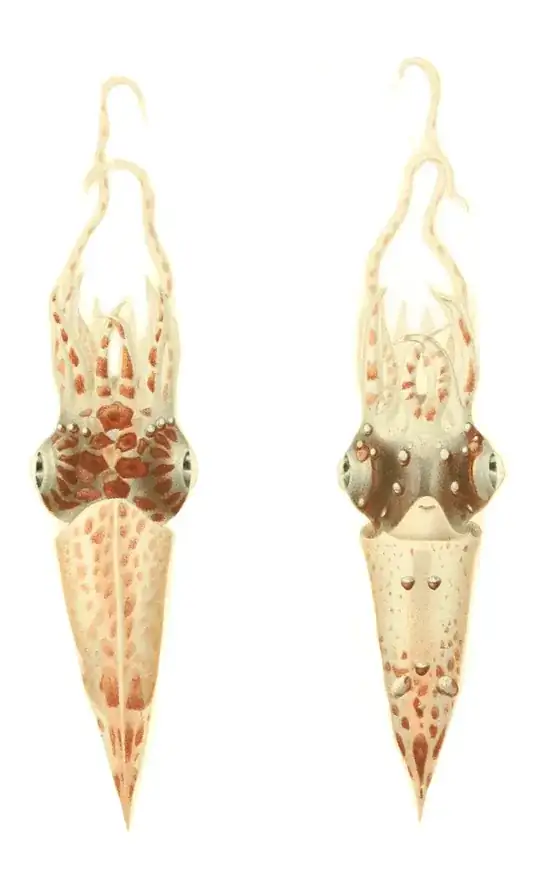It's hard to source these claims scientifically, but let me try anyways.
In the following picture, the brain is below the tentacles and the eyes:
 (Source: http://en.wikipedia.org/wiki/File:Cephalop.jpg)
(Source: http://en.wikipedia.org/wiki/File:Cephalop.jpg)
In all of the mentioned movies that part is gone.
The brain is gone in all of the videos, so the squid is definitely dead. So why does it move its legs? Just recently, Dan Lewis from "Know I Know" described why:
[...] The squid’s cells still contain some unused adenosine triphosphate (or ATP), which powers muscular contraction and expansion and, therefore, movement. But ATP can’t simply act on its own accord — it needs something to make it go. Typically, that’s provided by the central nervous system, which, through electrical impulses, causes the ATP to do its thing. With no brain involved, the ATP just sits dormant, and, over time, dissipates, as the now-dying cell fails to create new ATP.
But the soy sauce makes the typical atypical. Soy sauce contains sodium and potassium. The sodium and potassium ions together work as a trigger of sorts, causing the ATP to contract and expand the muscles. The result: a dead, dancing squid headlining (and, perhaps, ruining) your meal.
(Source: http://dlewis.net/nik-archives/dead-squid-dancing/)
 (Source:
(Source: